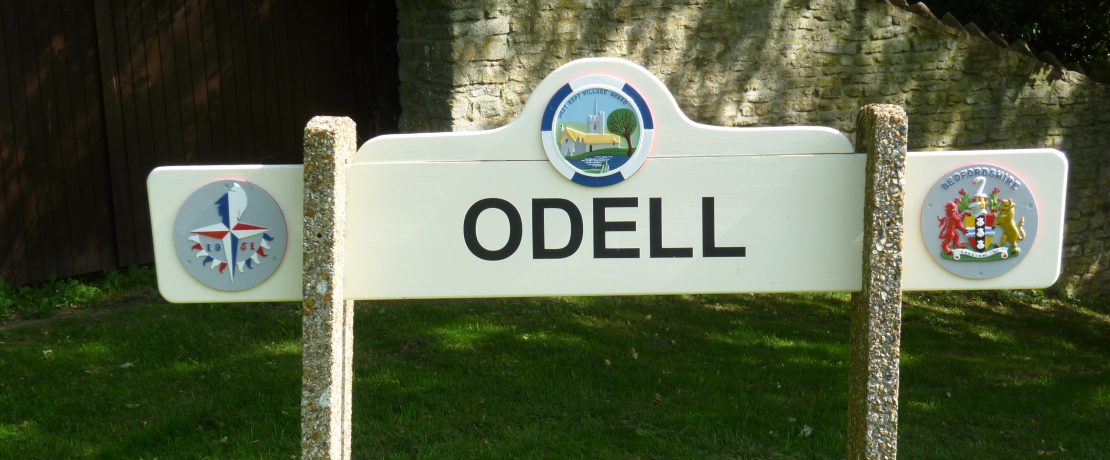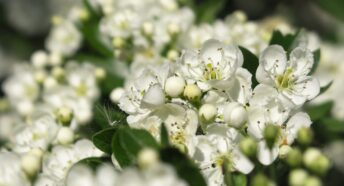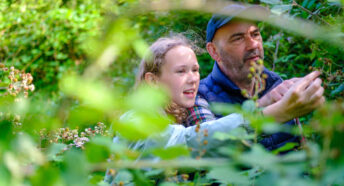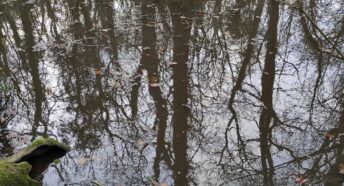What’s in a name?
Throughout 2022 CPRE Bedfordshire has been shining the spotlight on our county’s varied plant life. In this blog post we explore five plants that left their mark on the landscape through the places named after them.
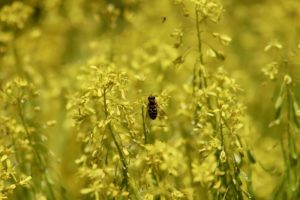
Odell
Odell is likely to come from ‘woad hill’. Woad is a flowering plant of the mustard family, Brassicaceae, which also includes vegetables such as cabbages, cauliflower, broccoli and kale. It has medicinal uses but is perhaps best known as an important natural source for blue dye. It was widely used in England and across Europe in the medieval period but as dye traders began to import indigo during the sixteenth and seventeenth centuries its use began to decline. Today, small scale weavers and dyers are returning to locally grown natural dyes like woad.
Explore the local area with our feature on walks from Harrold-Odell Country Park.
Broom
Broom is named directly for the broom plant. Broom is a member of the pea family and is common on heaths, in open woodlands and along hedgerows. The branches were used for sweeping, with the stems cut and tied together to form brushes.
Today the village is home to Jordan’s Mill with its gardens, riverside cafe, wildflower meadow and woodland trail. You can also take a mill tour and find out more about the history of the site and the workings of the mill.
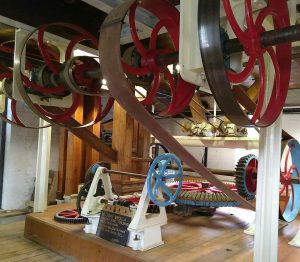
Aspley Guise
The Guise part of the name refers to the de Guise family who became Lords of the Manor in the late twelfth century. However, the Aspley part comes from ‘aspen-lea’ which means an aspen clearing. Aspens are particularly associated with ancient woods and heaths and can also be found on well-drained soil near rivers. In Celtic mythology, the visual effect of an aspen trembling in the wind was said to be the tree communicating between this world and the next. Aspen wood is lightweight but fairly strong and was used for making oars and paddles, surgical splints and wagon bottoms.
Aspley Guise features in our article on village walks, where you’ll find a leaflet which will help you explore the area.
Barton-le-Clay
Barton is a contraction of barley and tun (an enclosure). Barley was an important grain and was used to make bread and beer. In medieval Europe, bread made from barley and rye was eaten by peasants, while wheat products were the preserve of the upper classes.
Today the Barton Hills National Nature Reserve in the Chilterns Area of Outstanding Natural Beauty. It is home to rare downland plants including the pasque flower, alongside a range of characteristic chalk grassland plants including orchids.
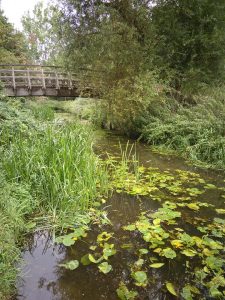
Willington
Willington comes from ‘willow farm’. Willows prefer moist soil and Willington sits in the Great Ouse Valley. Willow has historically had many uses including medicines, baskets, fish traps, wattle fences and wattle and daub house walls, tool handles musical instruments and cricket bats.
A work in progress, the Bedford Valley River Park will cover more than 3 ½ square miles from Bedford to Willington and aims to open up more of the riverside landscape for people to enjoy, alongside creating new habitats for wildlife.
The information about place name derivations came from ‘The Place Names of Bedfordshire’ (1906) by Rev Walter Skeat.
You can explore a fully digitised copy or read a text only version.
